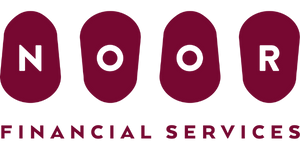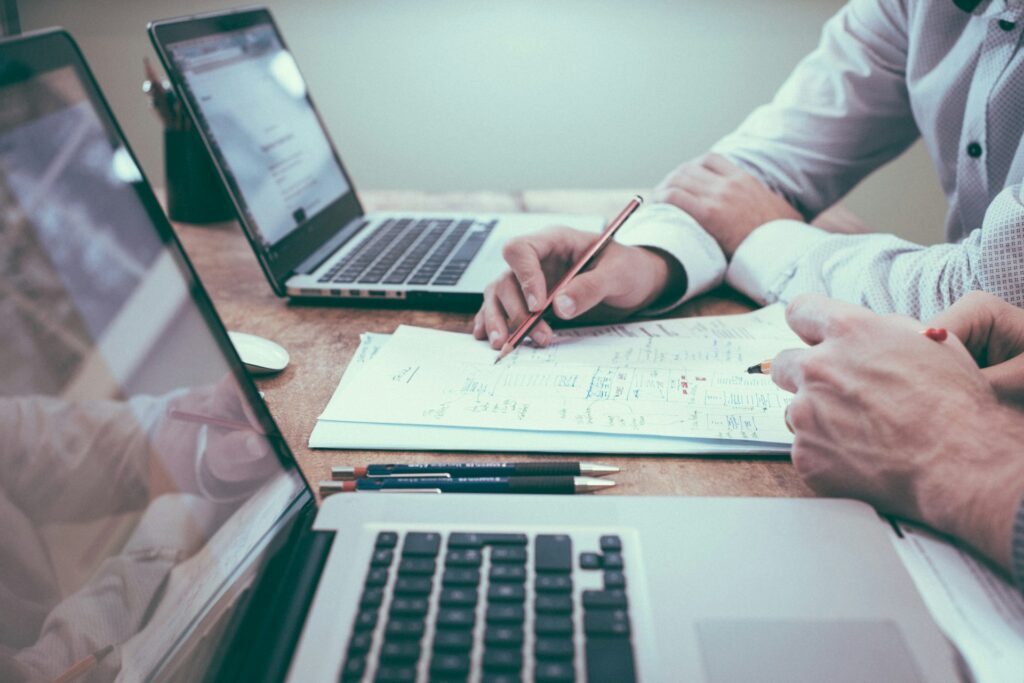Why an Emergency Fund Matters
Most people don’t plan for emergencies, yet we know they’re inevitable. An emergency fund can act as the bridge that carries you through life’s surprises without derailing your financial progress.
Emergency funds, or “rainy day funds” as some people like to call them, can best be described as a pool of money set aside for when these unexpected expenses show up at your front door. These expenses can come in many forms. Sometimes it’s a trip to the ER, other times it’s a burst pipe in your apartment or a surprise vet bill. Life has a way of throwing us curveballs, and having cash available means you won’t have to reach for a credit card or take on additional debt. More than that, it can offer peace of mind in stressful situations.
When You’ll Rely on It Most
The hardest situation to probably face though is the potential loss of your primary source of income. As most of us have probably seen in the news, layoffs can happen suddenly, and what may have seemed like a consistent paycheck is now no longer there. In addition to bills and financial obligations, you’re dealing with the stress of finding a new job or maybe considering starting your own business. In these moments, your emergency fund fulfills its ultimate role: being a true safety net.
How To Build Your Fund
Getting started can feel intimidating, especially when you commonly hear that it is best to save three to six months of expenses. For many people, that number can be thousands of dollars. It’s important to remind yourself that you don’t need to build this overnight. Start with a smaller goal like $500 or $1,000, because even a modest cushion is going to be better than nothing. If you’re able to put aside even $20 a week, it can add up to almost $1,000 by years end.
- Consider opening a savings account at a bank you don’t already use, the goal here is to make the money as out of sight as possible, so you aren’t tempted to dip into it. I highly recommend opening what is known as a “High Yield Savings Account” because they tend to pay more interest than traditional banks. There are many providers who offer this type of account, and most of them are companies you are probably familiar with.
- Next, set up recurring contributions from your main checking account to this new account – or better yet, have part of your paycheck directly go into the emergency fund.
How Much Is Enough?
The right number for you depends on your situation. A single person who is renting with no dependents may feel comfortable with only 3 months of expenses, while a family with kids and a mortgage may need more runway. Think about your lifestyle, job stability and your monthly
obligations when setting a target.
Final Thoughts
An emergency fund isn’t just about money, it’s about the peace of mind. By starting small, being consistent, and keeping the money separate, you give yourself a safety net that makes life’s inevitable surprises far less disruptive. The sooner you start, the sooner you can sleep a little
better knowing you’re covered.
Ready to Take the Next Step?
The best time to start building confidence with your money is today. If you’re ready, I’d love to help. Schedule a free call to begin mapping out your financial future.


